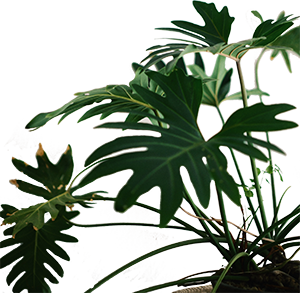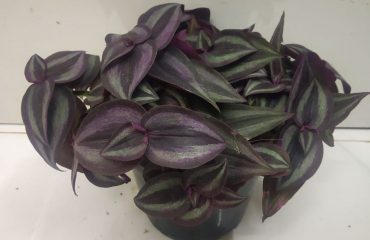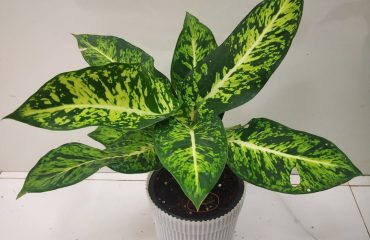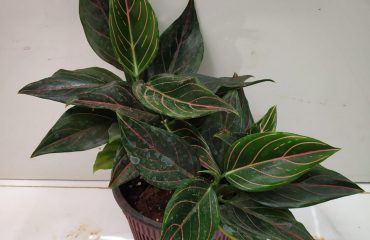How to Care for a Polka Dot Plant
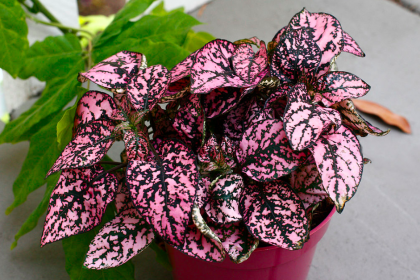
Hypoestes is the scientific name for the Polka Dot Plant, another name for it is Freckle Face. This plant is one of the quirkier favorites among homeowners and gardeners. This plant is diverse in its uses. Some use it as a singular houseplant, others like it for adding accents to garden beds outdoors.
f polka dots aren’t enough to turn your head, you’ll find polka dot plant in several striking color combos. These include pink and green, pink and white, green and white and red and green.

Intrigued yet? I hope so. Pink polka dot plant is well worth adding to your indoor garden. Not only is it eye-catching, it’s also easy to grow. The plant grows readily in it native habitat in Madagascar. Indoors, it doesn’t grow quite as quickly, but it will thrive if given the proper care.
Ways to Care for a Hypoestes
1. Give It the Right Amount of Light
This plant loves bright indirect light. It’s very sensitive to how much light it takes in. Too much or too little light will cause the colors on the leaves to fade. If you notice that your plant’s leaves are curling this could be a sign of too much sun, same goes for brown spots. Try moving it to a shadier spot with indirect sun.
2. Giving It Enough Water
You need to water this plant well and then wait until around 25 percent of the soil is dry before watering again. Overwatering can cause root rot. If you notice that the leaves of your plant droop, they may perk up after a little bit of water.
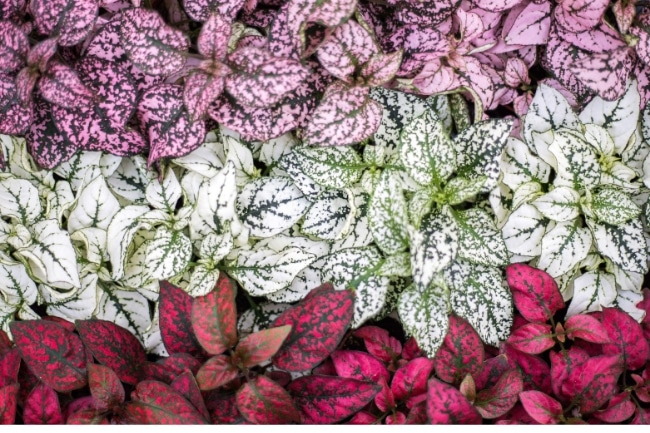
3. Picking the Right Soil
This plant likes a rich airy peat based soil that drains well.
4. What to Feed It and How Often
This plant grows fast, so you should feed it monthly with basic liquid fertilizer at about half its strength during the spring and summer. In fall and winter, feed this plant every other month.
5. The Perfect Temperature and Humidity
This plant prefers temperatures around 75degrees and grows best in high humidity.
6. How Much to Prune This Plant
You should prune this plant to prevent it from becoming leggy and thin looking. Leggy means that there is a lot of space between the stems and fewer leaves, making it look bare. This will make this plant look overall healthier and prettier. Also some people choose to trim off the flowers that may bloom on this plant because they aren’t as interesting as the leaves and take the energy that can be used elsewhere.
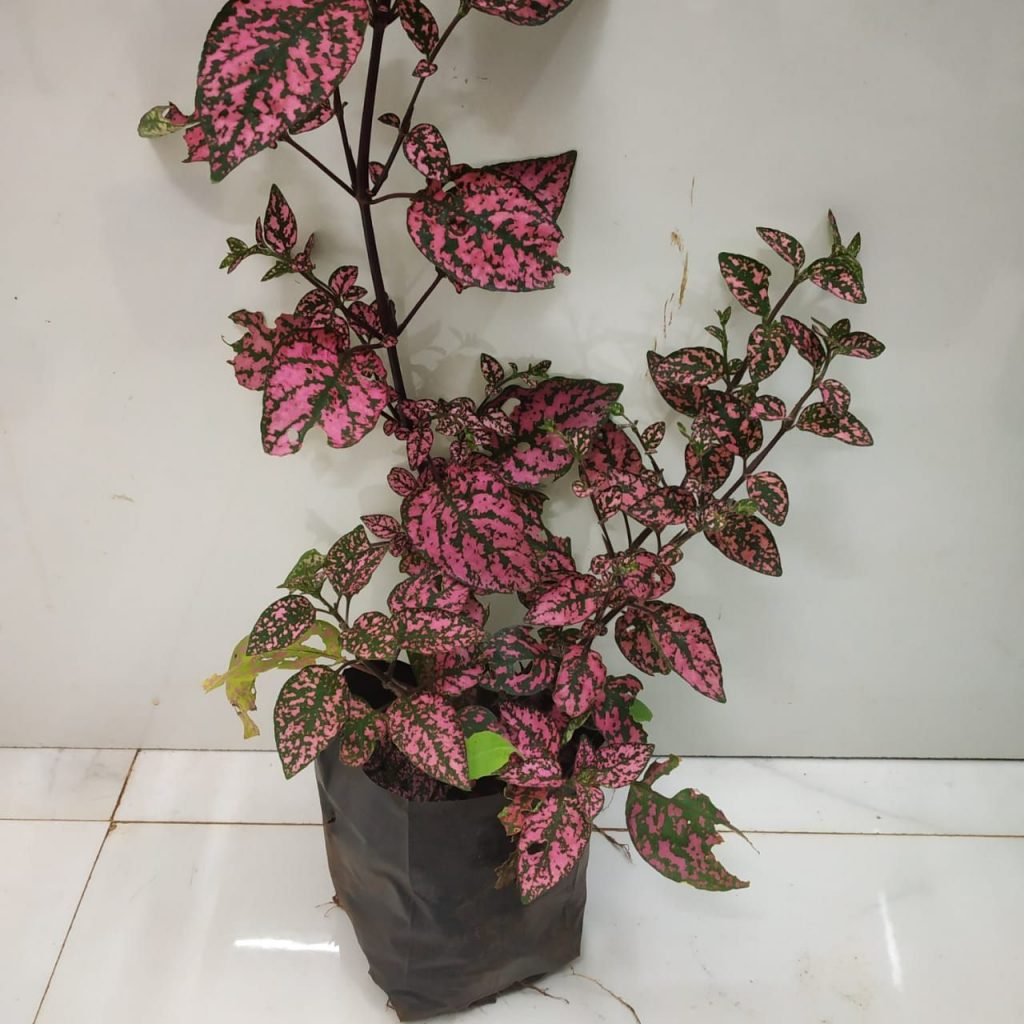
7. Pests and How to Get Rid of Them
This plant can get infested with whiteflies, aphids, and mealybugs. You can use a green solution at about half of its strength to get rid of these pests.
8. Dealing with Diseases
Overwatering can cause powdery mildew and root rot.Powdery Mildew is a type of fungal disease that will appear on the leaves. It will look like a grayish white substance. You will need to use a fungicide or a home remedy of a few teaspoons of baking soda and one or two teaspoons of mineral oil with water.
Root rot is what happens when roots of a plant sit in water too long. The roots essentially drown and turn black and soft. They will no longer absorb water. To cure this, you need to drain the soil, cut out any of the affected roots, and then replant in fresh soil.
9. How to Propagate This Plant
Propagation means to create more plants from the original. You can do this with this plant by leaf cuttings. You cut off some of the leaves and dip the ends in a rooting hormone, and then put it in some peat moss. You should keep it moist until it creates roots, and then you treat it like a mature plant.
Final Thoughts on the Hypoestes
The Hypoestes is not known for its long lifespan, in fact, many tosses this plant away when it goes dormant. They are relatively inexpensive to buy, so it’s not like it will cost too much, but if you want something that’ll last longer


